Founded in 1902, Minneapolis-based Target is one of the largest discount retailers in the world. Target operates 1,868 stores throughout North America and offers perishables, dry grocery, dairy, frozen items, and many more at discounted prices.
The company’s revenue in 2020 was $78 billion and has 368,000 employees.
In Q3 2020, Target’s quarterly revenue surged by $22.6 billion, an increase of more than 21% over the same time last year. The company has invested heavily in eCommerce, which paid off in 2020 evidenced by a 155% increase in digital sales in the third quarter.
Target’s digital-driven services like curbside pickup and personal shopping also grew 200%. In 2020, it grabbed $6 billion worth of market share from competitors.
Target has to maintain its impressive performance for many more years to protect its market share from competitors.
Here is an in-depth analysis of Target’s top competitors and alternatives:
1. Walmart
Founded in 1962 by Sam Walton, Walmart has grown to become the largest retailer chain in the world. In FY2020, Walmart’s annual revenue was $524.4 billion and has over 2 million employees working across more than 11,500 stores in about 27 countries.
In 2020, Walmart jumped 10 spots to No. 19 on Forbes’ Global 2000 list of the world’s biggest public companies. It had lost its title of the world’s largest retailer to Amazon but regained it in 2020.
Walmart offers a wider array of merchandise than Target, including apparel, appliances, electronics, home improvement, jewelry, games, household essentials, pharmaceutical products, and more.
Its assortment of merchandise, strong financial position, and market presence worldwide make it the top Target competitor in 2021.
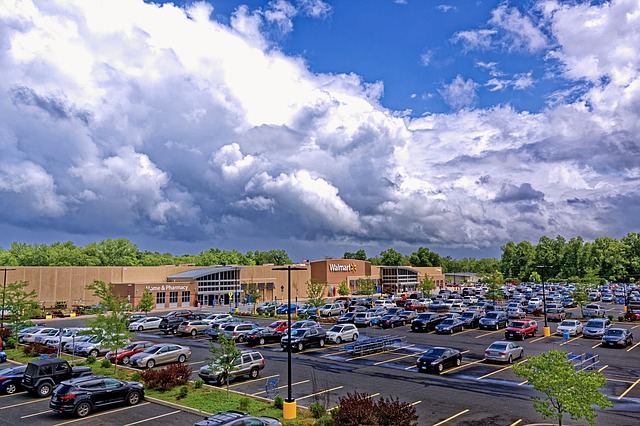
2. Amazon
Launched in 1994 by Jeff Bezos, Amazon is a global powerhouse in the eCommerce sector. It offers a wide variety of consumer electronics, clothes, groceries, tools, and many more. Amazon’s competitive advantage and popularity among consumers increased drastically in 2020.
Amazon has increased the number of private-label brands on offer to 146 and now also sells 640 exclusive brands. These brands can entice health-conscious consumers. Although Target offers products at a cheaper price, consumers are now more concerned about their health due to the crisis.
Most consumers prefer to pay a little bit more on Amazon to get what they need without stepping out of the house. Amazon’s extensive and fast-moving delivery network is a big advantage and makes it Target’s top competitor.
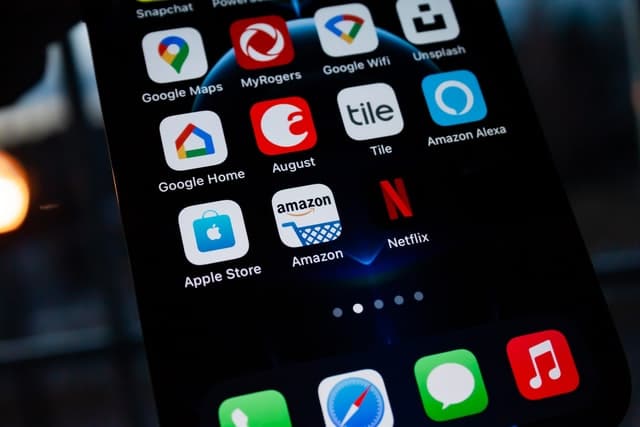
3. Costco
Founded in 1983, Costco is one of the largest American retail chains that products via warehouses and eCommerce platforms across North America, Europe, and Asia. To shop at Costco, consumers have to subscribe to Costco’s membership and pay annual fees to access its warehouses.
About 70% of Costco’s customers are traders who purchase in bulk at discount prices to maximize their profits. Regular consumers seeking great savings make up only 30% of its customer base. Each year, nearly 90% of Costco’s members renew their memberships.
It indicates the popularity of the program. Costco’s membership program is its biggest competitive advantage and makes it a powerful Target competitor.
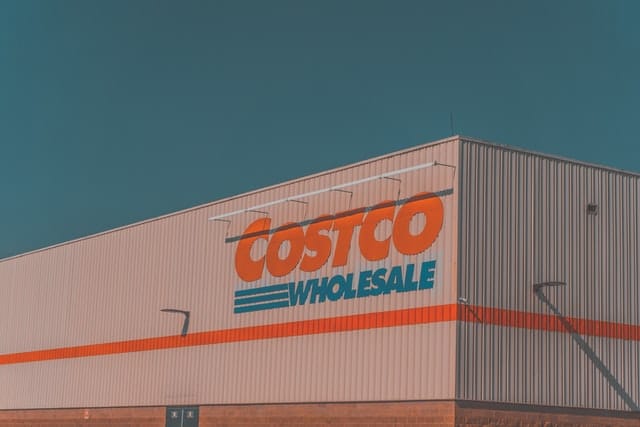
4. Home Depot
Established in 1978, Home Depot is a specialist in home improvement and offers a wide collection of products, construction materials, fittings, lawn and garden products, and more. It operates about 2,269 stores worldwide and its brand value stands at around $28.798 billion.
The retailer launched an interconnected One Home Depot strategy that boosted its competitive edge in 2020. Home Depot also transitioned its recently opened market delivery centers (MDCs) to a direct fulfillment center (DFC) to fulfill online orders during the crisis.
The One Home Depot strategy and its fulfillment centers increased Home Depot’s same-store sales by 25%, which is slightly higher than the 24.3% attained by Target.
5. The Kroger Company
Simply known as Kroger, the Ohio-based American retailer was founded in 1883 and has been in business for over 100 years. Currently, Kroger operates over 2,764 supermarkets across 35 states in the US.
The main competitive advantage for Kroger is its Pickup Only store delivered through its partnership with Ocado. The service is supported by 20 automated fulfillment centers, 2,000 pickup locations, and 2,400 delivery locations.
Kroger Pickup Only strategy is way better than Target’s service and will give it an edge in 2021 and beyond.
6. Sam’s Club
Arkansas-based Sam’s Club was formed in 1983 and is a membership-only retailer with over 47 million members. It is owned by Walmart and recently adopted robots driven by Grey Matter software to streamline operations in its fulfillment centers.
In 2020, Sam’s Club launched the Ship-from-Club service at 100 locations to fulfill about 20% of all e-commerce orders and also offers curbside pickup at all 597 locations.
Fulfillment centers increased its e-commerce sales to $363 million at the end of Q3 of 2020, compared to $277 million for 2019. Sam’s Club’s competitive advantage over Target increasing steadily.
7. Lowe’s
Founded in 1946, Lowe’s provides home improvement products sourced from about 7,500 vendors worldwide and serves about 14 million customers per week. Lowe’s competes against Target’s home improvement and appliances department.
Its revenue increased by 22% and same-store sales rose by about 23% in 2020. The retailer has overhauled its website and adopted several new strategies to win more of the approximately $900 billion US home improvement market.
Lowe’s is specialized in home improvement, which gives it a competitive edge over Target.
8. Best Buy
Minnesota-based Best Buy offers consumer electronics in 1779 locations across the US, Canada, and Mexico. Best Buy’s robust eCommerce came in handy in 2020 and boosted its digital sales by 242% to nearly $5 billion.
Its online revenue from the US market accounted for 53% of domestic total revenue compared to 16% in 2019. Best Buy’s effective eCommerce strategy can help the retailer to compete more favorably against Target in 2021.
9. Instacart
San Francisco-based Instacart was started in 2012 and offers food delivery services. In 2020, the company surpassed Target in popularity as a destination for online grocery orders. Instacart has 32% popularity compared to 18.3% for Target.com and now sits behind Walmart and Amazon.
The company delivers for more than 500 retailers like Walmart from 40,000 store locations across the US and Canada. Its valuation has increased to $17 billion in 2020 from $2 billion in 2015. Instacart threatens Target’s share of the online grocery market.
10. Kohl’s Corp
Kohl’s is the largest department store retail chain in the US, with 1,158 stores. It offers clothing, footwear, bedding, furniture, jewelry, beauty products, electronics, and housewares. In 2020, Kohl’s and Target battled for supremacy in the beauty products sector. Target recently partnered with Ulta Beauty – one of Kohl’s top-selling brands.
Kohl’s countered by partnering with smaller indie beauty brands to triple its sales in the category. It is already testing a shop called the Wellness Market in 50 stores to deliver small beauty care products.
11. Whole Foods
Whole Foods is a supermarket chain known for its organic products. In 2017, it was acquired by Amazon for a whopping $13.7 billion.
The acquisition boosted Whole Foods’ financial position and started lowering its prices and now competes with major chains like Target. Amazon’s vast financial resources make Whole Foods a strong Target competitor.
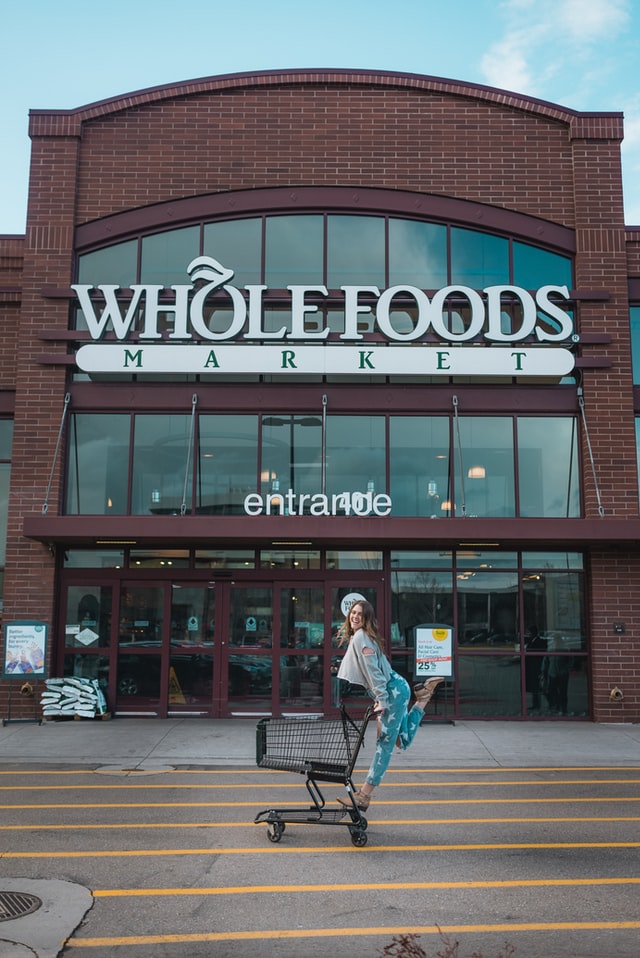
12. Macy’s
Macy’s is a department store that offers high-quality fashion brands and a wide selection of beauty products. Its digital beauty sales surged more than 75% in 2020 and competes favorably against Target in this sector.
The company has been struggling and will close 21% of stores in the next three years as part of a restructuring. In 2019, Macy’s annual sales reached $24.5 billion but lost nearly a billion in 2020 and reduced its revenue to $23.6 billion.
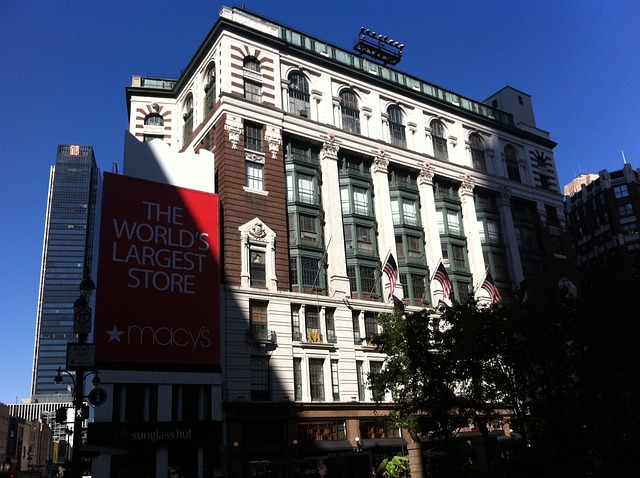
13. BJ’s Wholesale Club
BJ’s Wholesale Club is a members-only retailer and operates over 200 self-service warehouses in the US. Consumers can access BJ’s fairly-priced products by paying a $55 membership fee per year. BJ’s membership program is growing very fast and added over 500,000 new members in the first 9 months of 2020.
It offers a wide array of fresh food items and about 7,200 products, which can poach some customers from Target.
14. Nordstrom
Nordstrom is a department chain that offers high-end clothing lines, footwear, and accessories. It focuses on providing customers with personal touches, which include virtual interactions.
In the past few years, Nordstrom has been struggling to compete due to poor merchandising management. But Nordstrom still has a huge customer base, unique products, and one of the best omnichannel experiences.

15. JC Penney
JC Penney offers apparel, fashion brands, and accessories in the US and currently has 846 stores. The company is stronger than Target in several core categories like junior wear, women’s wear, children, accessories, and jewelry.
In 2020, JC Penney’s internet platform and store pick-ups generated only minimal revenues. It has started restructuring, which includes closing 222 stores. JC Penney’s restructuring will end in 2022, which can increase its competitive edge.
References & more information
- Statista Research Department (2020, Apr 28). Total number of Target stores in North America 2006-2019. Statista
- Bertoni, S. (2020, Nov 18). Target Sales Just Shocked Wall Street—Here’s How CEO Brian Cornell Did It. Forbes
- Debter, L. (2020, May 13). The World’s Largest Retailers 2020: Walmart, Amazon Increase Their Lead Ahead Of The Pack. Forbes
- Pandurangi, P. (2020, Jul 19). The future of in-person retail: Walmart and Target vs. Amazon. Medium
- Winchester, L. (2020, Feb 7). Is it worth joining Costco? We show how its prices compare to supermarkets. The Sun
- Dignan, L. (2020, Aug 21). Walmart, Target, Home Depot, and Lowe’s: How their digital strategies paid off. ZD Net
- Walton, C. (2020, Apr 7). Store Traffic Limits At Walmart And Target Are Good, But Kroger’s Pick-Up Only Idea Is Even Better. Forbes
- Wollenhaupt, G. (2020, Dec. 15). Sam’s Club equips its fulfillment operations with robotic pickers. Supply Chain Dive
- Repko, M. (2020, Dec 9). Lowe’s steps up plans to gain market share, reiterates fiscal 2020 forecast. CNBC
- Ali, F. (2020, Aug 27). Best Buy’s web sales grow 242% in Q2 to a record of nearly $5 billion. Digital Commerce 360
- Cheng, M. (2020, Oct 12). Instacart is surpassing Target and Kroger in online grocery delivery. Quartz
- Thomas, L. (2020, Nov 22). Retailers from Target to Kohl’s make big bets in beauty as department stores reel. CNBC
- Bloomenthal, A. (2020, May 9). Who are Whole Foods’ main competitors? Investopedia
- Loeb, W. (2020, Feb 10). To Get Back On Top, Macy’s Will Have To Make Big Changes. Can Its New Strategy Deliver? Forbes
- Editorial Team (2020, Sep 21). BJ’S Wholesale Club Beats Amazon and Costco. SoFi
- O’Brien, M. (2020, Dec 9). How Nordstrom, Target, and Walmart Are Changing Up Their In‑Store Experience. Sail Thru
- Loeb, W. (2020, May 19). The Future Of JC Penney: A Look At Its Strengths And Weaknesses. Forbes


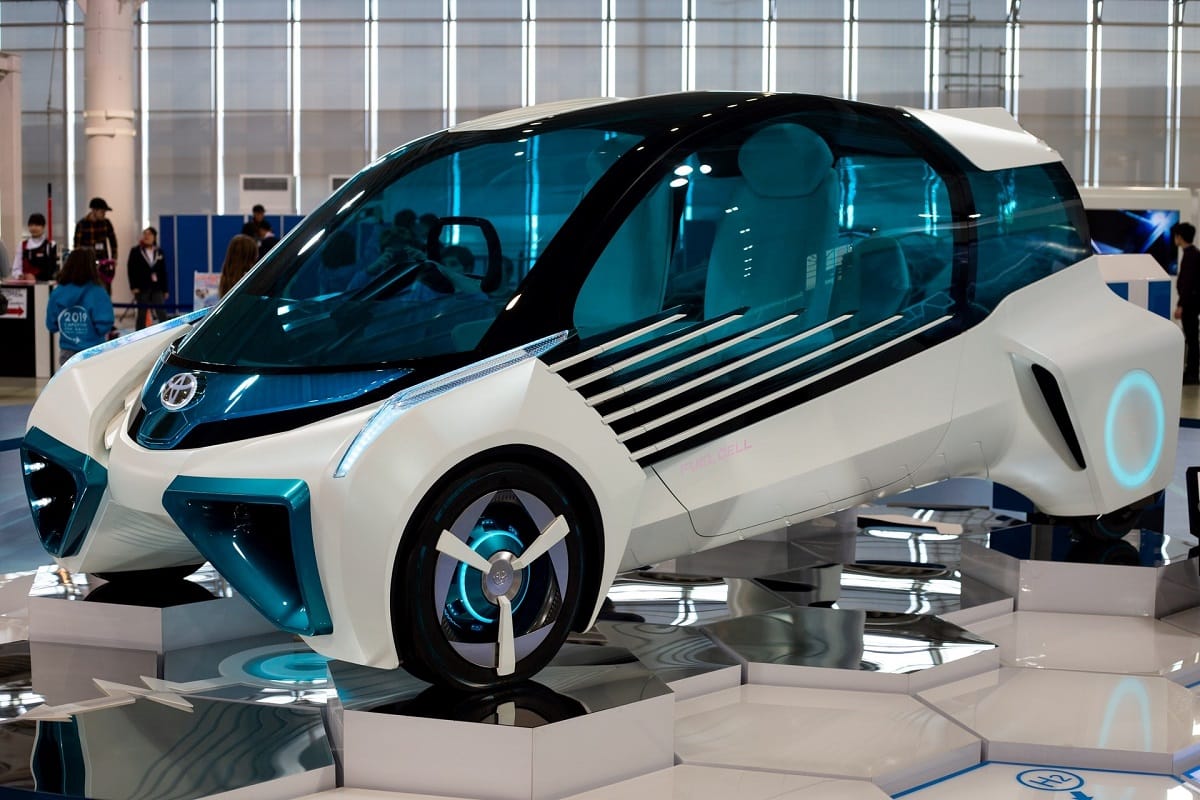
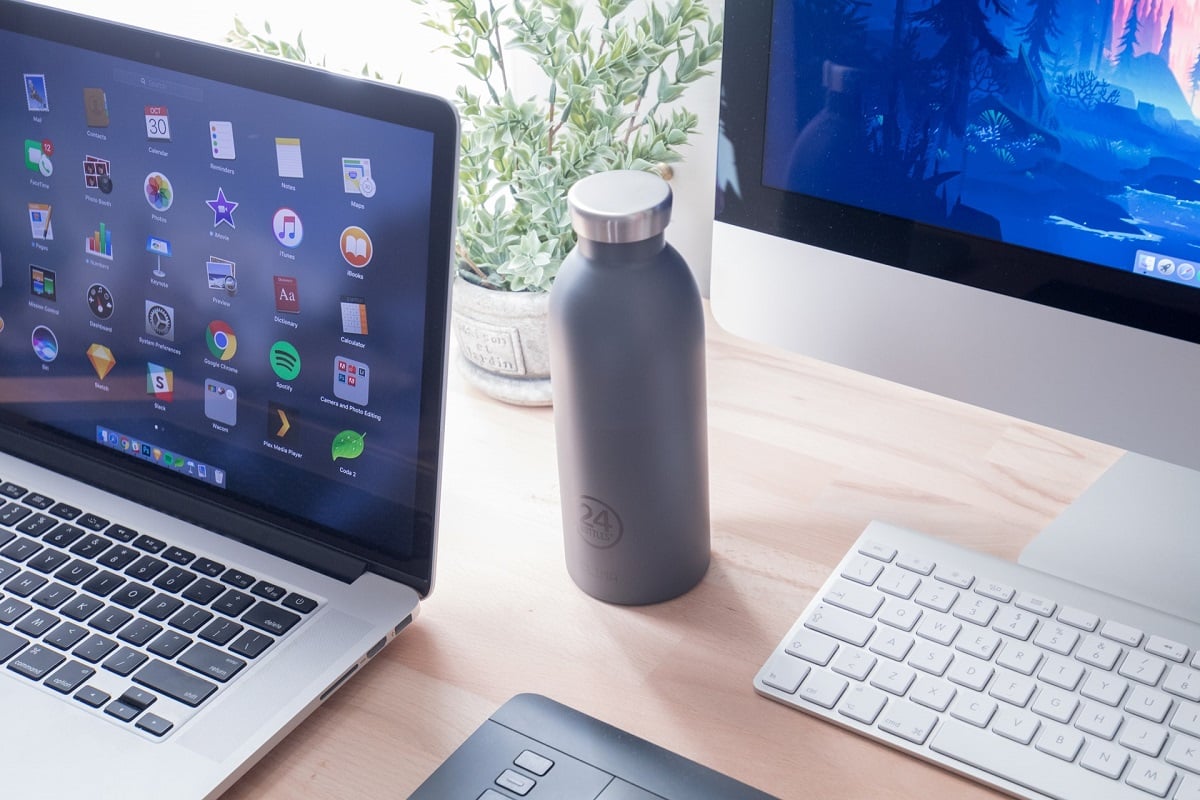






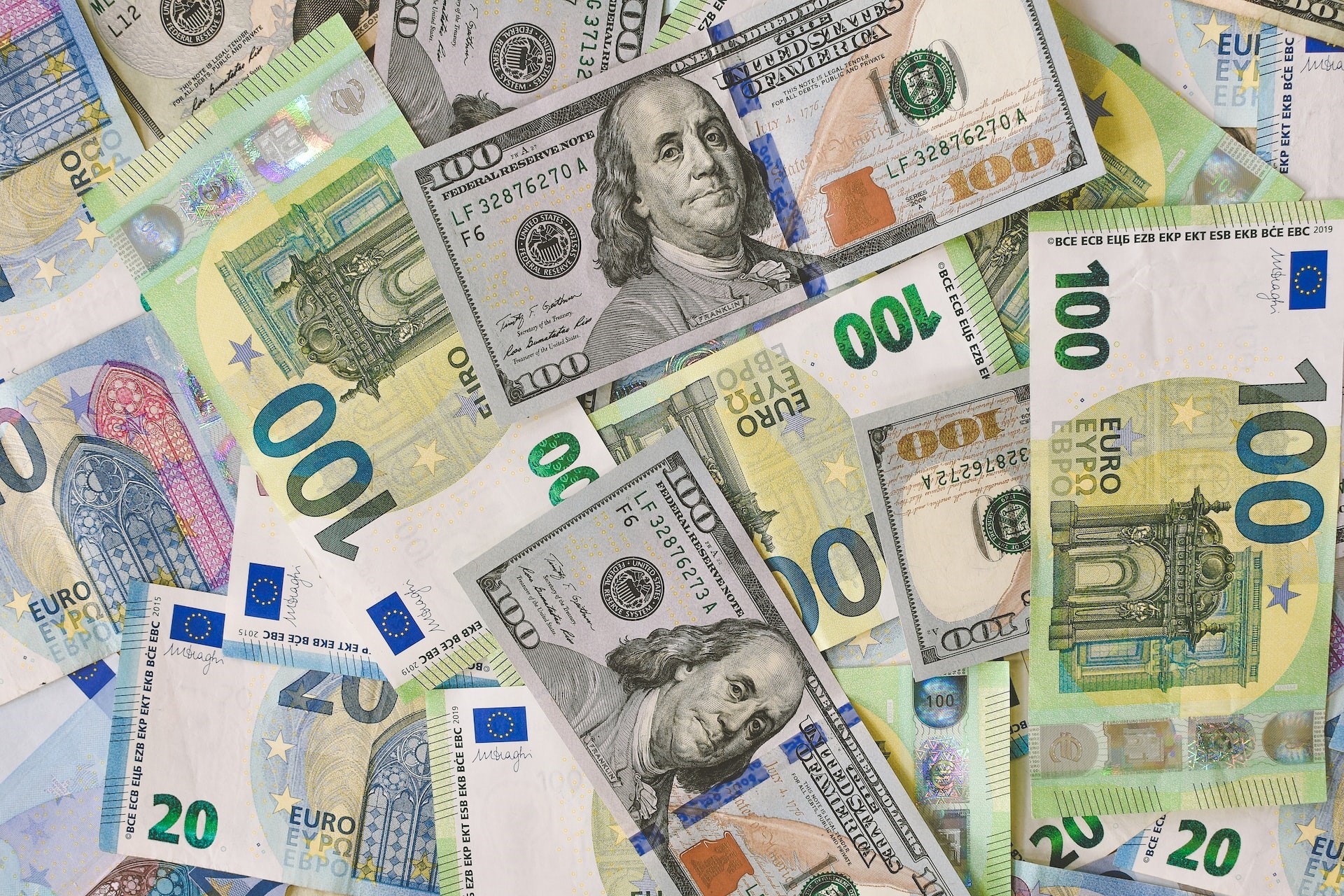

Add comment